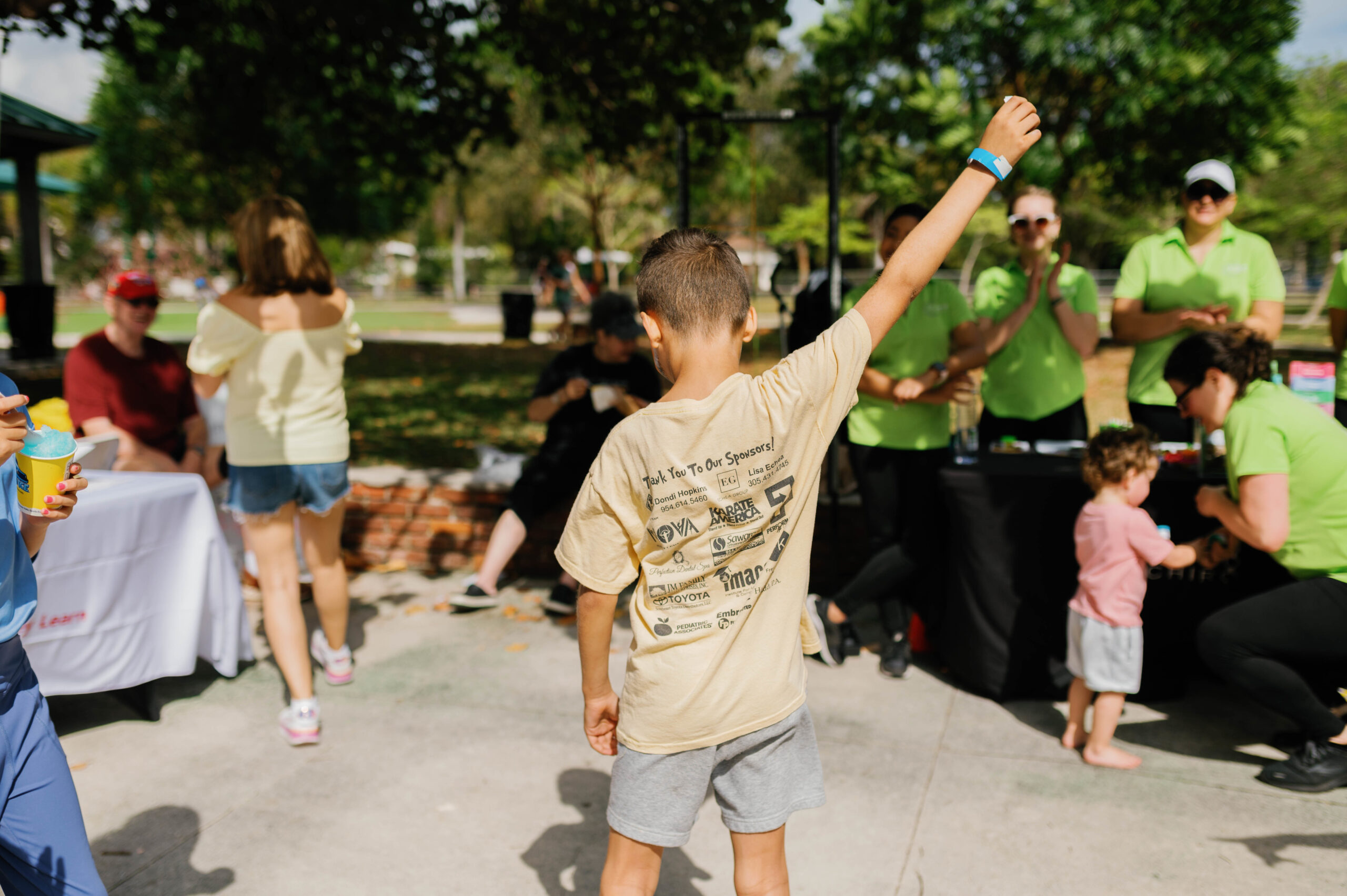meet your head coach
Hi! I'm Coach Franny, and I empower families with challenging children to come together as problem solving teams through a Mindful-Ish® approach to parenting.
Take The Quiz
What's in your Parenting Playbook?
The 5 Ps of Serve and Return Interactions with Young Children
March 27, 2023
Serve and return is a concept coined by Harvard researchers. It refers to back and forth interactions between young children and their caregivers. These interactions are vital to brain development for infants, toddlers, and preschoolers, and research has shown that their frequency has been declining since the Covid-19 pandemic began.
Though the unprecedented global pandemic is certainly a good explanation for such a decrease, it is not without consequence – reductions in these back and forth interactions have led to a decline in the cognitive and social-emotional foundation needed for school readiness and an increase in child behavior problems.
The 5 Ps of Serve and Return
Harvard’s introduction of serve and return includes a breakdown of five key steps for brain-building serve and return interactions. At Mindful-Ish®, we’ve made it even easier to remember by creating the 5 Ps, inspired by Harvard’s 5 steps. The 5 Ps of practicing serve and return with your child are perception, pleasure, proclaim, patience, and practice.
Perception
The first P is perception. When we engage in perception we are paying attention to the child’s actions and following their cues to see what they are serving. A point and excited squeal could indicate a positive serve, where a teary hug could indicate a negative serve. At this point, we are taking care to notice three things:
- What is the child referring to?
- What is the emotional response of the child?
- Is there any pattern or trend in consistent serves?
For example, a child shuts a book and runs away, when you try to read to them, indicating a negative serve.. This happens every time you read books, which suggests a pattern.
Pleasure
Following perception we have pleasure. Serve and return is all about stimulating the child’s brain development, so after we perceive their serve, we want to return in a way that lights up the pleasure center in the child’s brain. The focus of pleasure is the goal impact of responding to the child’s serve which communicates acceptance and understanding. An excited serve can be met with a smile and positive affirmation, but a negative or fearful serve can be met with a comforting hug. Both responses support the child and encourage them to continue to communicate with you – no matter the nature of the communication.
Proclamation
Next, or sometimes in conjunction with pleasure, we have proclamation. Where pleasure involves using nonverbal cues to support the child’s interest or emotional expression, proclamation puts those cues into words. Regardless of the child’s ability to respond or understand what we are saying, it is important to name the emotion they are expressing, show that we understand the message they are sending, and respond both verbally and nonverbally. As we narrate the scenario, we are showing and telling the child that we are engaged in the interaction.
Patience
After the initial serve and return, we want to be patient and give the child an opportunity to serve once again to keep the interaction going. Children need more time than we do to form their responses – they’re learning a lot all at one time! When we are patient and give children the space to form their response in a low-pressure, non-judgemental environment, we are fostering creativity, confidence, and independence that they can apply to other relationships in their lives.
Practice
Our final “P” is practice, because serve and return is not a one-and-done interaction. Not only do we want to practice consistently engaging in serve and return with our children, we want to practice serve and return through transitioning from one activity to another. Learning to read our child’s cues that say “I’m done” and go through the rest of the “P’s” to show that we understand and are engaged. Follow your child’s lead and see what they can communicate to you when they have that freedom to explore.
What to do after practicing the 5 Ps?
Practicing the 5 Ps and engaging in serve and return interactions is an early step to introducing active listening into your parent/child relationship. Much like the 5 Ps emphasize the importance of being present and engaged with your child, active listening encourages parents to maintain an open dialogue and create an environment where back-and-forth verbal and nonverbal conversations are welcomed.
Want to learn more about Active Listening? Sign up for GameTime, our exclusive membership, to learn more about active listening, the roadblocks to communication, and three specific shifts you can make to be more Mindful-Ish®.

About
Contact
Blog
Get Started
Back to Top
© 2023 Mindful-Ish® | All rights reserved | Terms & Conditions | Site Credit